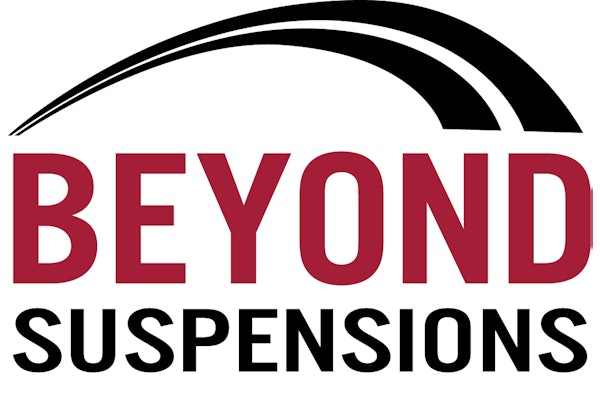With the advent of the new 2007 engines that were needed to meet the latest emissions regulations for reduced nitrogen oxide and particulate matter came the need for a new oil to work in tandem with them. American Petroleum Institute (API) category CJ-4 oils have been tested to provide the added protection the new engines need.
CJ-4 oils were designed to protect against engine wear, piston deposits, soot, high temperatures, oil foaming and aeration and viscosity loss. According to API, “CJ-4 oils are formulated for improved wear protection, deposit and oil consumption control, soot-related viscosity control, prevention of viscosity loss from shearing, used oil low-temperature pumpability and protection from thermal and oxidative breakdowns when compared to previous API performance categories.”
A new oil category was needed because of the use of diesel particulate filters (DPF) on the 2007 engines. These oils had to be formulated to be less than 1% ash, .4% sulfur and .12% phosphorous. This allows for the use of aftertreatment devices and diesel oxidation catalysts that can be harmed by an abundance of these chemicals.
In order to be certified for use, the oils had to pass 10 engine tests and six lab bench tests. Each test evaluates a specific attribute of the oil. The Cat C-13 and Cat 1P tests measure oil consumption and piston deposit control with iron pistons while the Cat 1N test measures oil consumption and piston deposit control for aluminum pistons.
The Cummins ISM test looks at sludge, soot-related wear and filter plugging and the Cummins ISB test measures valve train wear. Two Mack tests-T-11 and T-12-respectively measure soot-related viscosity control and ring/linear wear and bearing corrosion.
The GMRFWT test looks at soot-related wear while the Navistar 7.3L test measures aeration.
Questions have been raised about using the new oils in older vehicles and, according to API, “CJ-4 oils are designed to have performance benefits over CI-4 and CI-4 Plus oils when using both 15 ppm and 500 ppm sulfur diesel fuel.” The 2007 engines must be used with the ultra-low-sulfur diesel fuel (15 ppm) only.
If you put CI-4 Plus oil in a 2007 engine, you will be compromising the life of the DPF by causing it to plug more quickly. In addition, the older oil will not be able to withstand the higher operating temperatures of the newer engines. This could result in premature oil thickening, sludge formation and wear and corrosion.
Another question that has been raised is whether or not oil drain intervals will be negatively affected by the new oil. While it is important to remember that oil drain intervals vary greatly depending on things like engine type, duty cycle, etc., it does not appear as if there will be changes to the drain intervals you currently have set for your customers. As always, consistent use of oil analysis is a good way to measure the protective power of the oil in your customer’s vehicles.
It is strongly recommended that you caution your customers against topping off vehicles with CJ-4 oil installed with CI-4 Plus oil. Even though the oils are compatible, topping off CJ-4 with CI-4 Plus will decrease the protection provided by the new oil.
Also, if you store your oil in bulk tanks, make sure not to mix the two types of oil. Drain the bulk tanks as low as possible before adding CJ-4 oil.
The following is a list of some of the current CJ-4 compliant oils:
Castrol
Tection Extra
Hypuron
Chevron Products Co.
Delo 400 LE
Texaco Ursa Premium TDX EC
CITGO Petroleum Corp.
Citguard Syndurance
Citguard 700
ConocoPhillips
Kendall Super-D XA
Guardol ECI
ExxonMobil
Mobil Delvac
Mobil Delvac 1300 Super
Petro Canada
Duron-E
Duron EXL
Duron E
Shell Lubricants
Rotella T
Rimula Super
Valvoline
Premium Blue
All-Fleet Plus
Explaining The Nomenclature
The new oil category that has been developed to meet the needs of the 2007 diesel engines has been designated API CJ-4. API is the American Petroleum Institute and it is responsible for naming and ensuring that certain oils have passed the tests necessary for certification.
Oil is categorized by its specific service designation. For example, the first letter in the oil’s name indicates what type of vehicle it is designed to be used in-gasoline, or commercial diesel.
Therefore, the “C” in CJ-4 indicates that it is a commercial oil designed for use in trucks. The “J” is the next standard letter in sequential order. The oil before this new oil was called CI-4. The “4” designates that the oil is designed to be used in a four-stroke diesel engine.








